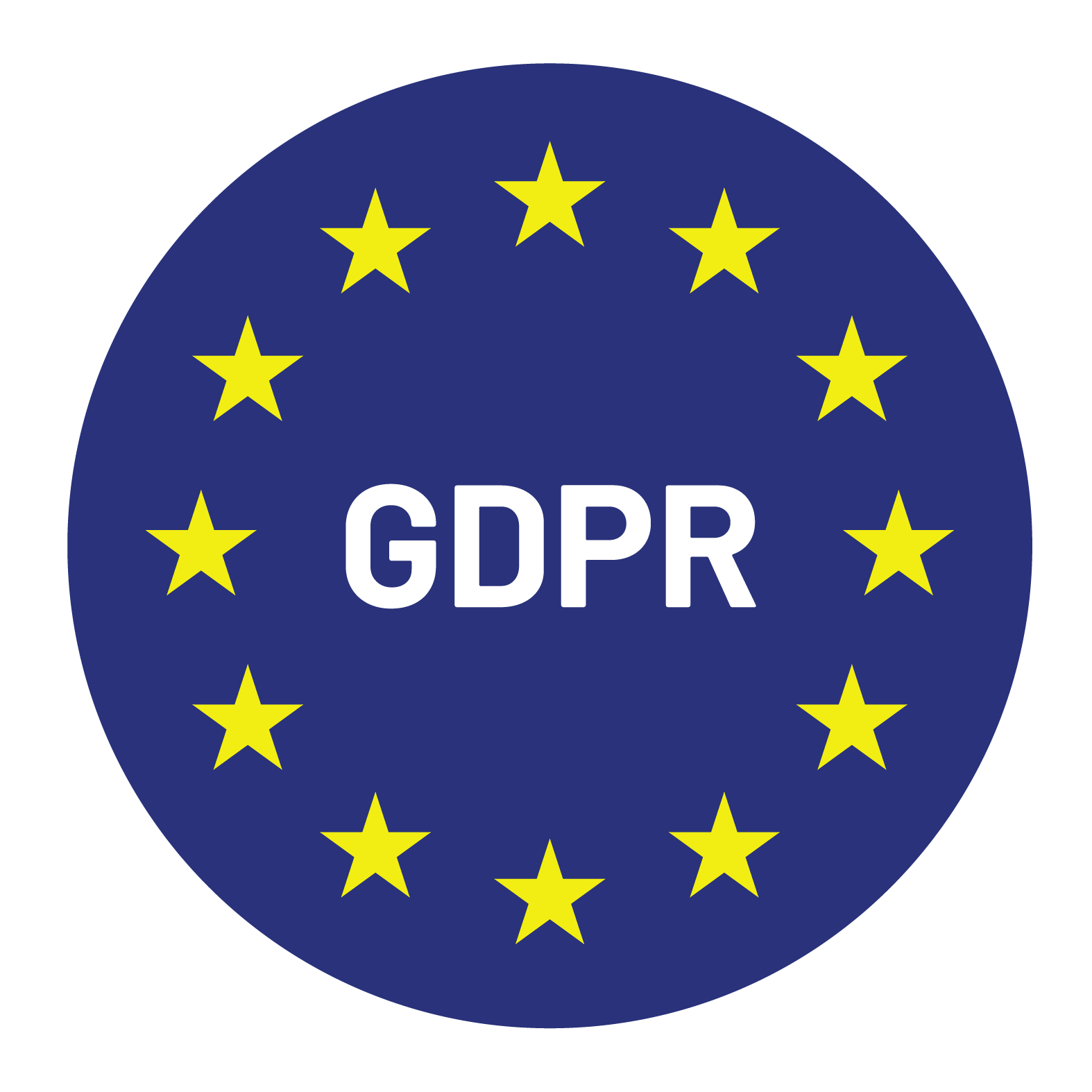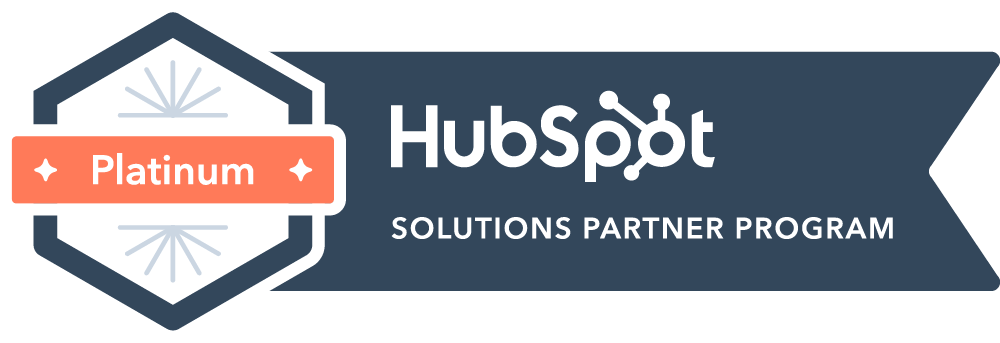

Content Writer for Whistle with multidisciplinary experience spanning over a decade.
Securing meetings is easy to measure. Securing meetings that lead to revenue is where it gets interesting. A B2B appointment setting agency should be more than a calendar-filling service; it should also be a driver of qualified opportunities that move deals forward. Yet too often, businesses judge agency performance on the wrong metrics, focusing on numbers that look good on paper but do little for the bottom line.
If you want to know whether your agency is truly adding value, you need more than a meeting count. You need a clear framework that captures both measurable results and the less visible indicators of a partnership that works.
In B2B sales, securing time with the right prospect is often one of the hardest steps in the process. Sales teams can have a well-crafted pitch, an exceptional product, and experienced account executives, but without a steady flow of qualified meetings, their pipeline stalls. This is where a B2B appointment setting agency makes a difference.
An effective agency operates as an extension of your sales development efforts. It should consistently book meetings with decision-makers who are a strong fit for your solution and ready for meaningful sales conversations. These meetings should help sales teams focus on closing deals rather than chasing unqualified leads.
However, the real measure of success is not the sheer number of calendar invites. It is whether the agency is delivering meetings that turn into real opportunities and, eventually, revenue.
Every business has different sales cycles, revenue targets, and buyer personas. Before you can measure an agency’s success, you need to define what success means for you.
The first step is aligning agency performance with your revenue goals. If your goal is to grow annual recurring revenue by 20 percent, then the agency’s output should be measured against how well it helps achieve that target. This requires looking beyond surface-level activity metrics and assessing conversion rates at each stage of the funnel.
A shared definition of “qualified appointments” is essential. This should be documented and agreed upon between your team and the agency. Does “qualified” mean the contact meets your ICP, is a decision-maker, and has a defined budget? Does it require an active buying need, or is early-stage interest acceptable? Clarity here prevents misunderstandings and ensures that the agency is targeting the right prospects from the outset.
The most effective measurement framework blends volume, quality, and revenue metrics. Each tells part of the story, but together they provide a full picture of agency performance.
Volume metrics include the number of meetings booked, meetings held, and the percentage of meetings that occur compared to those scheduled. While these metrics are not the full story, they give a quick view of how active and productive the agency is in generating opportunities.
Tracking meetings over time can help identify whether the agency is maintaining consistent output or if performance is tapering off after an initial burst of activity.
Quality is where the true value of an appointment setting agency becomes clear. Key indicators include the percentage of meetings with decision-makers, the proportion that fit your ICP, and the rate at which these meetings convert to qualified sales opportunities.
High-quality meetings should lead to deeper pipeline stages and improve your close rates. If the agency is booking large numbers of meetings but the quality is poor, it will drain your sales team’s time and energy without contributing meaningfully to revenue.
Ultimately, the purpose of appointment setting is to generate revenue. Track metrics such as opportunities generated, deals closed from agency-sourced meetings, and the average deal size from those meetings. Comparing these results against other lead sources can reveal whether the agency is outperforming or underperforming relative to internal teams or other channels.
ROI should be one of the central measures of agency success. It is the clearest way to determine if the cost of the agency is justified by the revenue it generates, and it leaves little room for wishful thinking.
To calculate ROI for outsourced appointment setting, compare the total cost of the agency to the revenue generated from deals originating in agency-booked meetings. This needs to be tracked over a period that matches your sales cycle; otherwise, you risk calling the score before the game is finished.
Another useful check is cost-per-meeting versus the fully loaded cost of an internal SDR team. If the agency delivers a lower cost-per-meeting with equal or better quality, it is a strong sign they are worth keeping.
Finally, look at the lifetime value (LTV) of clients acquired through agency-sourced meetings. If those clients show higher retention or greater expansion potential, the agency is delivering value that extends well beyond the initial deal, which is exactly the kind of return you want.
Not all performance indicators are numerical. The best agencies deliver intangible value that contributes to long-term success.
Some performance gaps are subtle. Others are as obvious as a no-show on Zoom. If your agency is falling short, you will usually spot it in a few telling ways.
Your agency is a partner in your sales growth, and the relationship works best when expectations and information flow are clear.
At Whistle, we have seen that the most successful partnerships happen when both client and agency treat performance as a shared responsibility. Agencies bring outreach expertise, and clients bring deep knowledge of their market. When these combine effectively, meeting quality and conversion rates improve significantly.
Measuring the success of your B2B appointment setting agency requires more than a quick look at how many meetings are on the calendar. It demands a balanced approach that considers volume, quality, and revenue metrics alongside qualitative factors like communication and brand alignment.
The right measurement framework helps you make informed decisions about where to invest your sales development budget and ensures that your agency is contributing to your bottom line in a meaningful way.
Find out how Whistle ensures every meeting moves you closer to measurable sales results.


© Copyright – Whistle 2023